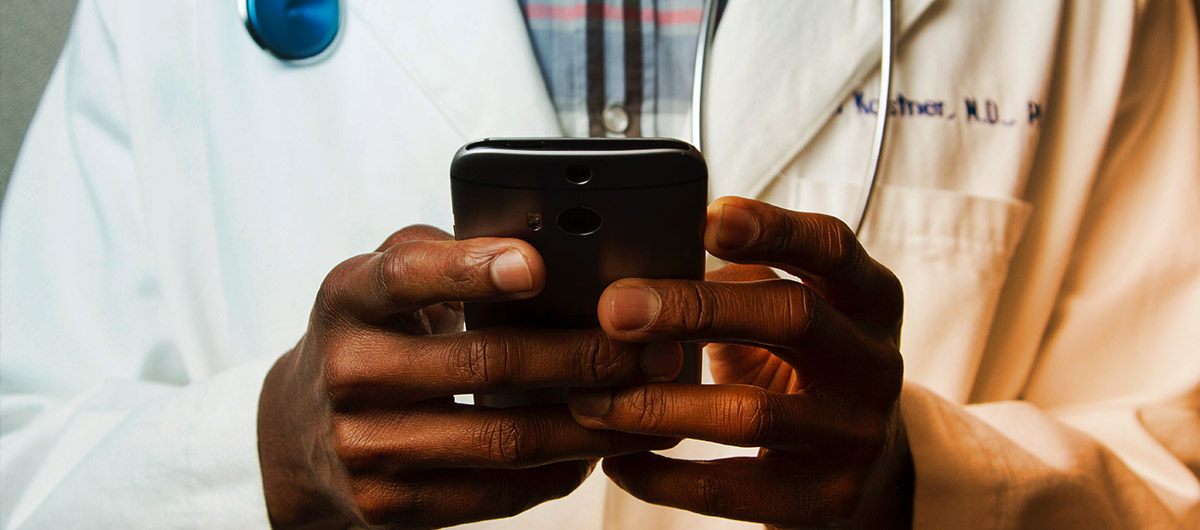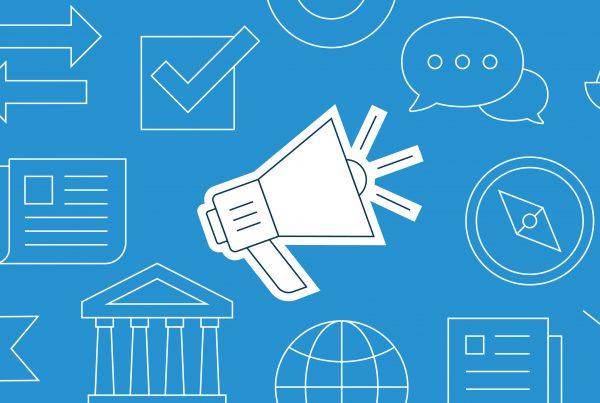Over the last year, healthcare marketers have run from thing to thing to keep up with the constant changes at their organizations.
There’s been no time to pause for breath and look out past today. But it needs to happen now, especially as the attention returns to the patient experience.
Here’s what I’m tracking as our industry shifts towards consumerism.
Telehealth
Patient acquisition is key. It’s not only important to get patients to come back to bricks-and-mortar facilities, but also time to look at your new telehealth offerings to ensure the patient experience around those is rock solid. While telehealth visits are expected to drop off somewhat, they should stay well above 2019 levels. Providers need to be looking at the patient population who wants to use telehealth and ensure they have access. For example, to get around the issue of lack of broadband access where patients live, providers may consider partnering with community organizations to provide physical facilities where people can have a remote visit.
Marketing the Experience
The other part of telehealth today is ensuring that providers give their staffs and physicians the tools they need to deliver the best possible experience through remote visits. What does bedside manner look like via iPad? Are front desk teams ready to answer questions about remote visits and to direct people to scheduling tools? Are those tools easy to use?
Similarly, marketing teams need to be sure they’re not marketing a bad experience. Providers have been so focused on getting people back for needed care that it’s easy to bypass the “patient journey” and just push people to get something on the books. It’s certainly not a great idea to encourage people to sign up for an appointment when there are no appointments available for six months. Or to push people towards a telehealth system that isn’t user-friendly. Or to providers who aren’t as comfortable with virtual visits. Marketing teams need to dig through those pieces, then inform the operational decisions and create marketing plans that reflect the realities of the telehealth program.
Easy Information
People want information and they want it now. An “I should be able to do everything online” attitude is fueling angst among consumers when it comes to healthcare. Because people want a frictionless experience across their digital lives, they’re steering toward companies and products that deliver consistent, easy-to-use tools. Healthcare providers should be thinking about what that looks like via their website, social channels and visibility on search engines.
We’re seeing a shift towards the use – and success – of chatbots to deliver information. They let people ask a quick question and get a quick answer for basic things like parking, scheduling and billing. The same goes for Twitter help lines: People would rather tweet and get the issue fixed, quickly.
In another area, Google works very hard to keep people on the search results page. Google something about DIY kitchen plumbing and you’ll see knowledge cards with a list of steps, YouTube videos that play right on the page and links to flanges and disposals from local stores. Those results didn’t appear by chance – they’re the result of intentional work by the content creators or marketing teams to optimize their websites. Hospitals should do the same thing…maybe not creating videos for a DIY appendectomy but looking at frequently-asked questions and developing Google-optimized content to answer them.
Internal Comms
The last trend I’m tracking today is the re-envisioning of “internal communications.” When work became virtual for many one year ago, “internal” communications came to mean something different. Healthcare providers have developed more flexible ways to interact with employees no longer physically co-located, especially for things like daily updates or vaccine information. That’s a great start. Now there’s a need to reach employees with important but less-urgent information. Marketing and communications teams need to think about the way their intranets are structured, how regular CEO updates are developed and delivered and what the quarterly townhall meeting looks like.
Providers are interested in connecting with employees through their mobile devices and communicating through text messaging. With many not coming back to the office soon, if ever, providers need to change the way they think about creating two-way communications with employees.
Healthcare is a highly trusted industry. A recent Jarrard Inc. survey showed that doctors, nurses and hospitals all enjoy well over 80 percent trust among the public. Consumers trust doctors more than their insurance company for accurate information on the price of healthcare services, and they’re more likely to call their doctor’s office than their insurance company for that information. Patients want to hear from you.
Beyond that, we know that information related to cost of services is important to consumers. According to our survey, two-thirds reported that the cost of healthcare services impacts where they choose to receive care. Meanwhile, almost four in ten consumers have used a price estimator in the last 12 months.
Here’s the bottom line: Now is a great time to leverage the trust patients and consumers have in providers. It’s an opportunity to connect with patients beyond a single visit or course of treatment. They’re looking for safety, security and transparency. Be the organization that provides it. You have everything to gain.



